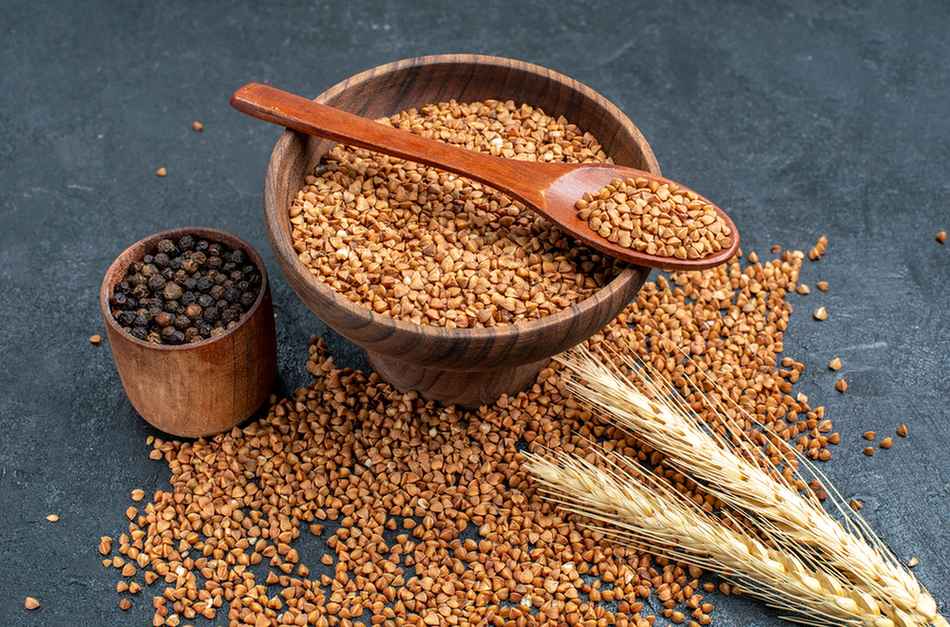
Ingredients of Buckwheat
When it comes to a healthy and balanced diet, in particular, the ingredients of buckwheat are particularly important.
Vitamins and minerals must be supplied to the body with the food so that it is sufficiently supplied to meet the tasks of several organs of the human body.
Buckwheat is full of fiber which is good for the body, especially for digestion and also proteins which are important for cell growth and body growth.
They are among energy suppliers and only available to the body within a very short time.
Fats are also contained in buckwheat and it’s about 100 grams:
- 0.3 grams of saturated fat
- 0.52 grams of monounsaturated fatty acids
- 0.56-gram polyunsaturated fatty acids
These fats are healthy fats because they’re able to lower the bad LDL cholesterol and improve the good HDL cholesterol value, according to healthpally.
In addition, the polyunsaturated fatty acids protect against inflammatory diseases and can support the body very well for its functioning.
Still, the Heath grain contains carbohydrates and many vitamins, as well, 13 micrograms of beta carotene and 5.105 micrograms of B vitamins.
Over 50 micrograms folic acid and 844 micrograms of vitamin E can also be found in buckwheat.
There are Minerals and trace elements contained in large numbers in the grain of the Heath. In 100 g buckwheat, it has the following properties.
- 12 mg chlorine
- 3.2 mg iron
- 170 µg fluoride
- 0.5 iodine
- 324 mg potassium
- 21 mg of calcium
- 900 copper
- 85 mg magnesium
- 2 mg manganese
- 2 mg sodium
- 254 mg phosphorus
- 80 mg sulfur
- 2.5 mg zinc
This shows that buckwheat is a better alternative to wheat because buckwheat has more to offer the body than wheat.
Buckwheat grains such as the pseudo-grains are full of amino acids which the body needs to function properly, chaktty said.
This is one of the most important amino acids (lysine) and beats with 499 milligrams per 100 grams to beech.
Wheat, for example, has only 187 milligrams per 100 grams. In addition, buckwheat has the following amino
- Alanine
- Cysteine
- Glycine
- Glutamic acid
- Histidine
- Isoleucine
- Leucine
- Serine
- Tyrosine
Other reasons buckwheat is preferred to wheat is that Buckwheat contains no gluten and Lectin in which protein lectins connect with the red blood cells in the bloodstream when taken food containing it and the result is that, the blood is thickened and trigger health problems such as circulatory disorders, strokes, heart attacks, and thromboses.
If the blood is too thick and does not flow properly, the risk for these diseases is very high.
Also, the colon can be negatively impacted by lectins and interfere with the intestinal flora and lead to chronic inflammation.
Also, the gluten part of gliadin is one of the lectins and is thus similar in effect.
Zonulin is released by gliadin which also increases the permeability of the intestinal walls, as it’s the case with Lectin.
Therefore, both substances are harmful to the body system in the long run, according to healthpally.
These two substances, in particular, are responsible for the gastrointestinal disorders responsible and also for the chronic incompatibility.